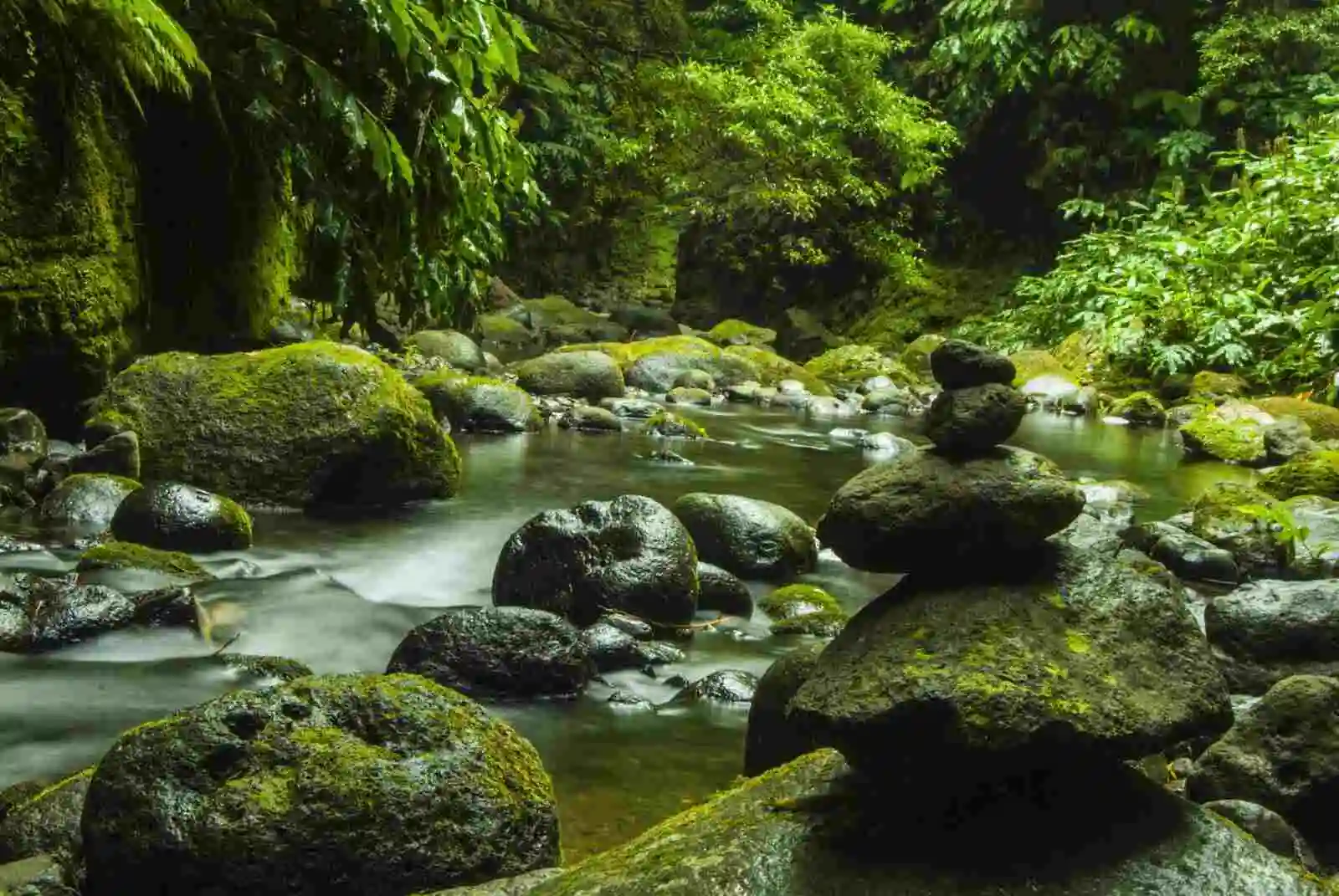Many countries around the world are rich in natural stones. These stones, formed naturally and endowed with certain cosmic energies, are semiprecious and have been harnessed in alternative medicine since ancient times. Nowadays, many people still turn to natural stones for their therapeutic qualities, especially during mindfulness activities such as meditation and yoga, tapping into the stones’ energies. Each natural stone is believed to correspond with different chakras and offer unique benefits, providing a wide array of choices tailored to individual needs.
Natural stones extracted from various countries are also plentiful in our nation. The following are some of the natural stones mined in Turkey and their respective locations:
- Purple Jade: Bursa
- Agate: Ankara
- Actinolite (Nephrite): Küre Mountains, Tokat / Erbaa
- Jade: Bursa
- Amethyst: Balıkesir, Ordu, Yozgat, and surrounding areas
- Apatite: Hatay, Urfa, Bitlis, and Muğla
- Aragonite: Afyonkarahisar, Antalya
- Azurite: Black Sea Region
- Fluorite: Kırşehir, Yozgat, and Bursa
- Chrysoprase: Manisa, Çanakkale, and Eskişehir
- Quartz: Aydın, Ankara, and Kars
- Magnesite: Bursa, Afyonkarahisar, Kütahya, and Erzurum
- Jet: Erzurum
- Opal: Afyonkarahisar, Eskişehir, Bursa, Kütahya, and Erzurum
- Obsidian: Kars, Bitlis, and Nevşehir
- Feldspar: Bilecik
- Rhodonite: İzmir
- Rutile: İzmir and Bursa
- Hematite: Kayseri and Malatya
- Topaz: Bursa, Malatya, and Kütahya
- Tourmaline: Yozgat, İzmir, Aydın, and Malatya
How to Determine the Authenticity of Natural Stones Mined in Turkey?
The market is flooded with fake natural stones. To verify the authenticity of natural stones mined in Turkey, several well-known and frequently used methods can be employed. The initial step involves checking for any paint on the stones, which can be done either by washing them or exposing them to heat with a lighter for a certain period. In both scenarios, if the paint comes off, it indicates the stone is counterfeit.
Comparing the exterior and interior colors of the natural stone, if the two surfaces share the same color, it suggests the stone is genuine. Additionally, testing the hardness levels of the stones or seeking the expertise of university professionals in the related field are other methods utilized in determining the authenticity of the stones.
